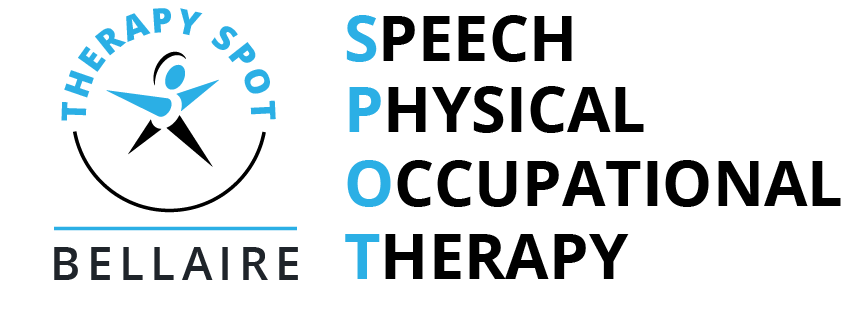Torticollis
What is Torticollis?
Torticollis is the tilt and/or rotation of the head because of tight and weak neck muscles. It occurs when the muscle that runs up and toward the back of the neck (the sternocleidomastoid muscle) becomes tight, weakened, or thickened. There are 5 forms of the condition:
Congenital muscular torticollis (CMT) is the most common form of the condition. It affects infants and is generally diagnosed within the first 2 months of life. CMT is often caused by birth trauma, or by sleeping or remaining in 1 position for a prolonged period of time.
Postural torticollis is diagnosed when the infant’s head tilt comes and goes. It is diagnosed within the first 5 months of life and often is the result of a lack of a variety of positions.
Ocular torticollis is caused by a vision problem in 1 eye, causing the individual to tilt his or her head to see better.
Spasmodic torticollis (wryneck) occurs in older children and adults. It can be caused by infection, inflammation, trauma, or the side effects of certain medications and/or drugs such as Ketamine, Cocaine, Prochlorperazine, Haloperidol, Chlorpromazine, and amphetamines.
Acute torticollis occurs when a child or adult bends or twists the neck too far, or experiences some type of trauma. There may be pain when the head is moved from side to side or up and down; the neck muscle may be tender to touch.
Osseous abnormalities are caused by improper alignment of the cervical spine (at the spinal points C1-C2) when ligaments are damaged due to an infection. The types of infection that can cause this condition include: severe upper respiratory, ear, or sinus infections; or cervical adenitis and cervical abscess. Any inflammatory process that irritates the muscles, nerves, or vertebrae—including surgery or trauma—can produce a reflex spasm resulting in this form of torticollis.
Neurogenic abnormalities cause an acute episode of a condition that usually occurs in older children, such as a spinal cord tumor or progressive spinal cord diseases. Children will experience headaches, vomiting, and positive neurological signs. Seek immediate medical attention if any of these symptoms occur.
Torticollis may lead to additional problems, such as:
Flattening of the skull (phylagocephaly) in infants
Movement that favors 1 side of the body, affecting the arms, trunk, and hips. This can lead to strength imbalances, such as an elevated shoulder and side-bending of the trunk.
Developmental hip dysplasia
Scoliosis
Limited ability to turn the head to see, hear, and interact with surroundings, which can lead to delayed cognitive development
Delayed body awareness or lack of self-awareness and interaction
Difficulty with balance
Signs and Symptoms
An adult, child, or infant may keep the head tilted and/or rotated toward 1 side of the body as attempting to straighten the neck is difficult or painful. For example, if the muscle on the left side of the neck is shortened, weak, or in spasm—the head may tilt toward the left shoulder and rotate toward the right.
There may be tightness in the neck or a noticeable lump in the neck muscle. Pain may or may not be present, depending on the type of torticollis.
How Is It Diagnosed?
Torticollis in adults is generally diagnosed by physicians. Experienced pediatric physical therapists may diagnosis the need for treatment of congenital muscular torticollis and positional torticollis.
Once the type of torticollis is determined, your physical therapist may provide treatment. In most cases, torticollis is a muscular problem, and physical therapists are musculoskeletal experts.
How Can a Physical Therapist Help?
Regardless of the patient’s age, physical therapy is the primary treatment for all forms of torticollis. Physical therapists provide treatment to address the impairments that are caused by torticollis. Early treatment results in the best outcomes.
The physical therapist will work with a child’s caregiver or with an adult patient to develop and reach mutual goals. This may include an individualized treatment plan to:
Strengthen neck muscles
Correct muscle imbalance
Gain pain-free movement (range of motion)
Improve postural control and symmetry
Improve the body’s alignment by easing muscle tension
These goals may be achieved through stretching, strengthening, massage, positioning, taping, and a home exercise program. If not treated, torticollis can become a permanent condition.
